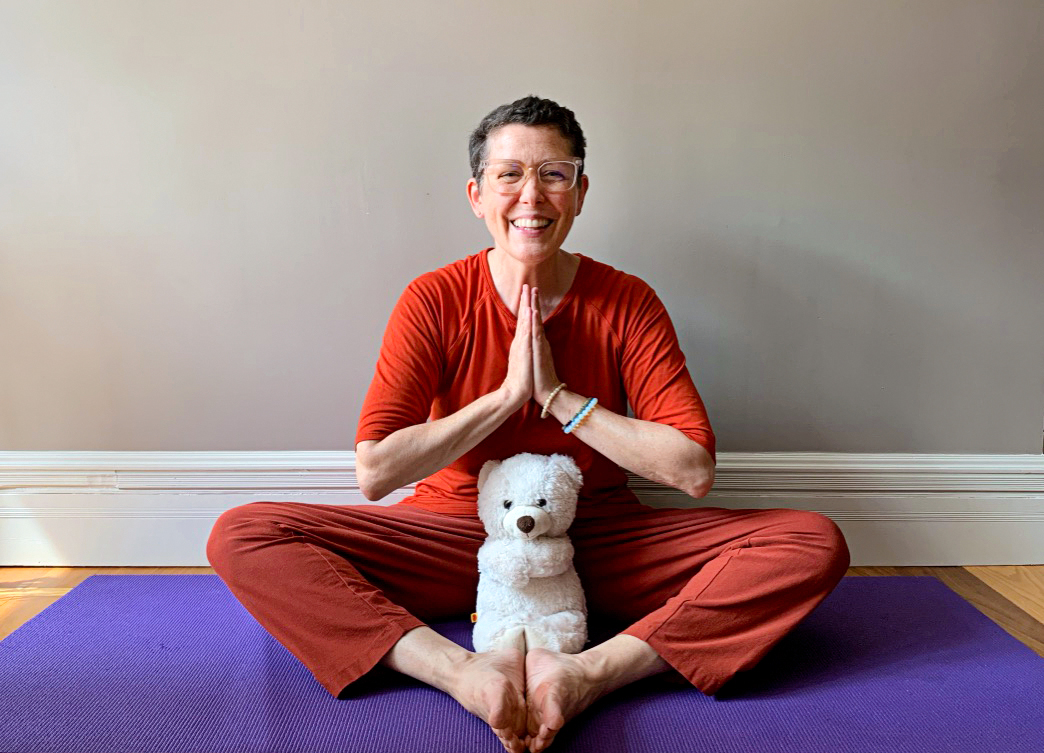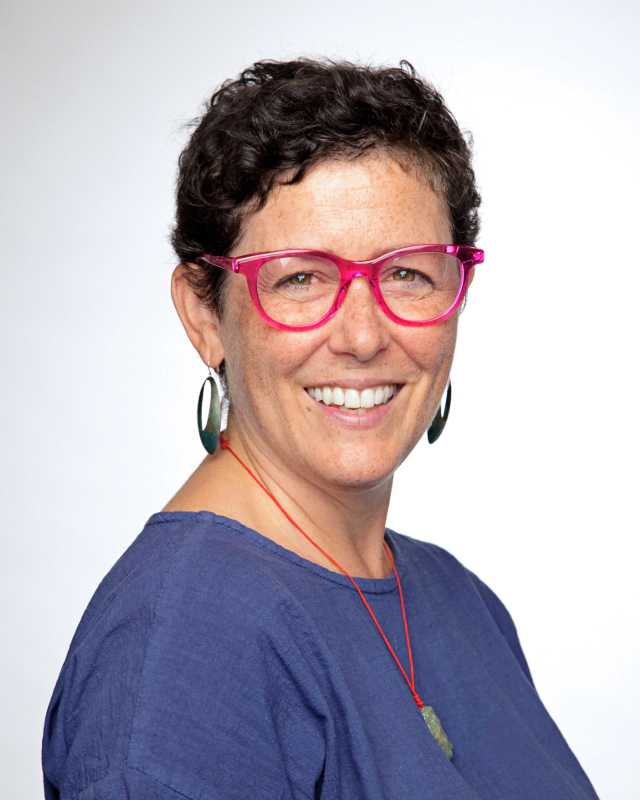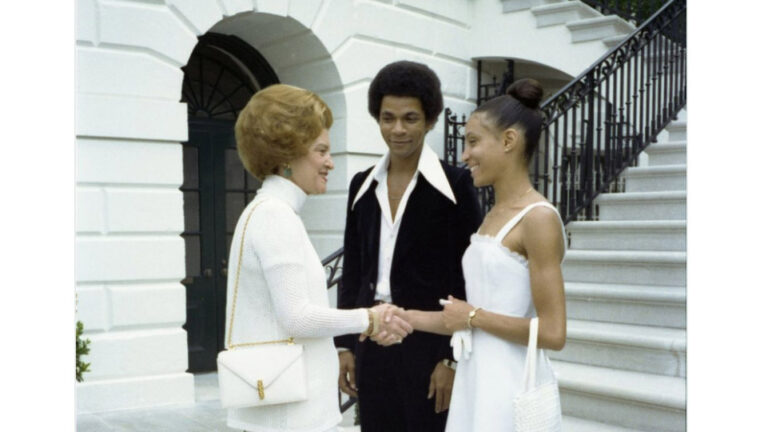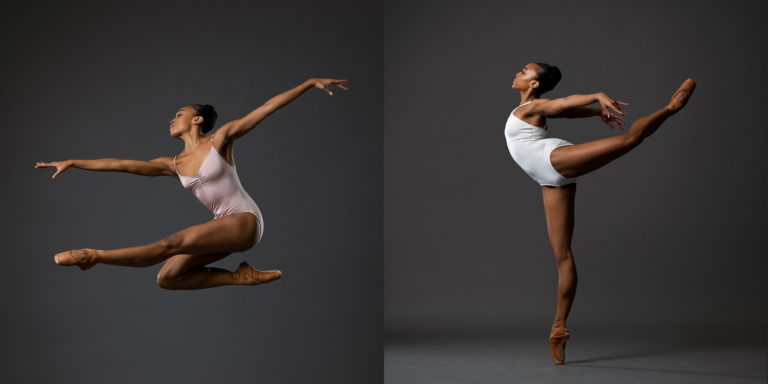
Hetty King brings a seriousness of inquiry that you might not associate with early-childhood dance education. While other teaching artists sometimes consider the creative-dance set as an easy age group to plan for and teach, King sees a precious opportunity with high stakes: to mold future artist-citizens throughout their first encounter with dance.
That gravity of purpose all makes perfect sense when you consider that King is a registered somatic dance educator, a respected authority on Nancy Topf’s Topf Technique, and a doctoral candidate in the dance-education program at Columbia University, Teachers College.
King recently took a moment from planning her classes at NYC’s PS 145K to talk with Dance Teacher about how dance instills what she calls “personal literacy.”

What do you like most about teaching at PS 145K?
I’m new to that community. I started there in March of last year, but there’s a lot that I really enjoy about it. I’ve found the community at PS 145K to be very welcoming of me, even though many of the teachers have been there for a long time. They’ve never had a dance educator there before. I love that they gave me a dedicated space and that they let me know they would like to improve that space and make it feel more like a dance studio. The children have also been very welcoming to me.
What is the biggest challenge you’ve experienced working with today’s generation?
Even children as young as 7 or 8 years old have cell phones and iPads. There’s this instant-gratification idea: “I can learn anything, because I can just Google it.” I think we won’t know the full impact of that until it unfolds over future generations. Another thing I think about is the sheltering of children, compared to what I experienced growing up in New York City in the ’70s. It really was a rough place, but I played in the street and went places by myself. No matter the income level of their family, you no longer see children being allowed to figure stuff out on their own. There’s a lot of programming: going from this activity to that activity to sitting in front of the iPad or other device. It’s a different world.
What’s the best and worst advice you’ve ever been given as a dance educator?
Working in public education, you get told some pretty awful things. If anything, I’ve had to work against things that people have told me. Who has mentored me in dance education? I’ve done it myself. I really have to say that. Best advice? I don’t know… “Stay curious”? That’s the best I can say.

Who is your biggest role model in the dance education field?
It’s really hard for me to pinpoint one person. But someone I would definitely shout out would be Erin Lally, who’s the director of the 92Y Dance Education Laboratory. I’ve had the pleasure of working with her mostly as a leader and administrator, in terms of planning workshops especially around pre-K. She’s somebody who I have really learned from and admire a great deal.
What message do you have for today’s dance educators, who are continually working to inspire and empower the next generation?
Believe that what you do is really, really important. I find that’s something I have to keep bringing into my self-talk. Especially working in a school, where I’ve had teachers (who teach math or language arts) say, to my face, that they have the most important job. You’ll hear that, in essence, what you’re doing is a kind of fun, luxurious enrichment—or even babysitting. They’re not trying to be mean or hurt your feelings, but this is a pervasive thing that happens. Know that you’re also an educator, and that what you do is absolutely, really important.
What is one “thing” that makes you and your teaching style unique?
I sing a lot—and I’m not a singer! I often spontaneously make up little songs for things. Then the kids ask for them and so they become part of our ritual. One example was supposed to just be a first-day thing: “Say Your Name.” I have a drum when I teach, and we sit in a circle for call-and-response. I’ll sing to one child “Say your name,” they say it, and then we all clap three times and continue around the circle.
It’s kind of profound to say our names into the space that we’re now going to dance in. Our names and their meanings are given to us by our families and then we embody them. This was before Black Lives Matter, but there’s a connection there, too: How important it is to say somebody’s name.





